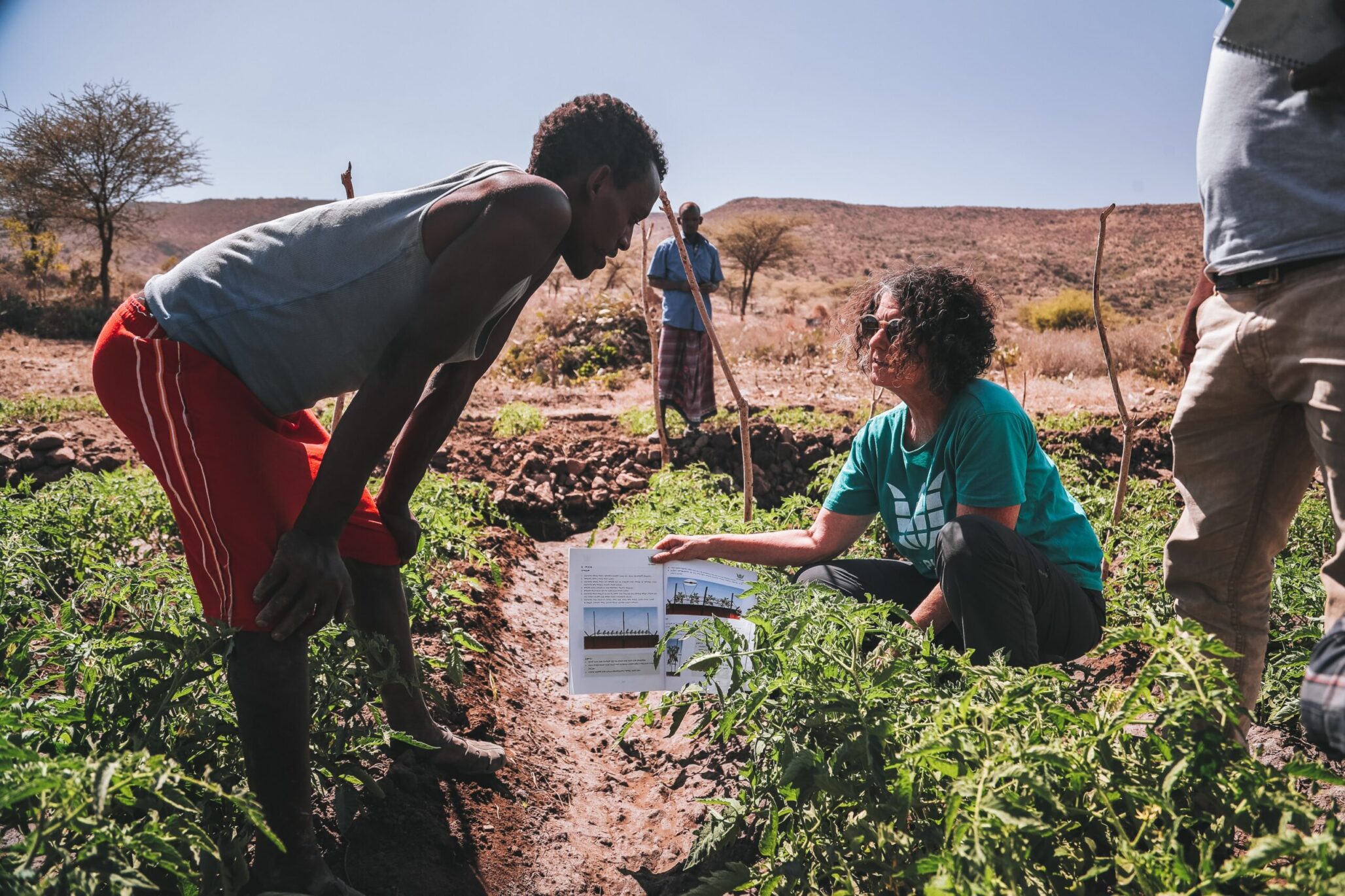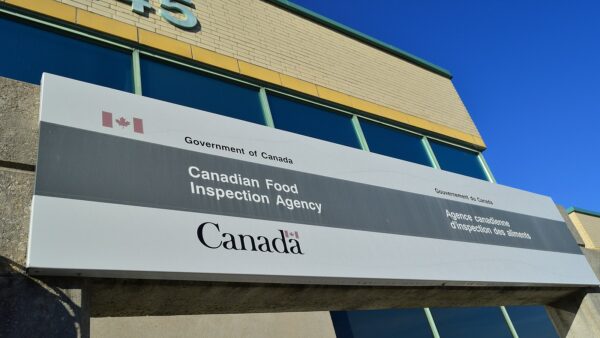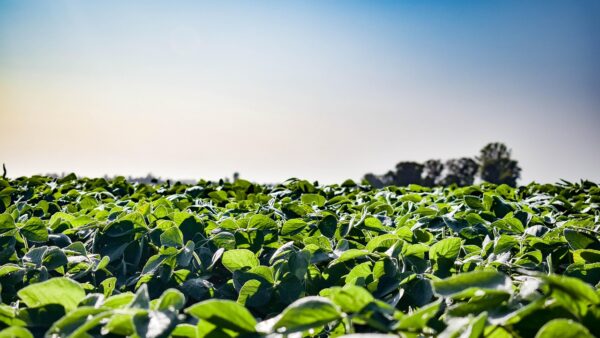With the increased consolidation throughout the industry, it’s easy to see both the pros and cons of intellectual property. But why is the USDA really taking a closer look at competition and intellectual property within seed?
Joel Cape says that while consolidation is driving a majority of change to a large degree, the dramatic change happened after the introduction of the first biotech trait.
“That was a game changing event, for lack of a better way to put it,” Cape, owner of Cape Law Firm says. “It’s led to where we are today, which is with these very few firms. The rest of the players in the industry are left to access their genetics from very few firms — and there’s starting to be a grassroots pushback. People are concerned they don’t have access to traits and germplasm, and the notion that you have to have a license to access these materials can be a lifeline for a small seed business or regional seed business.”
In some of the major commodity crops, without these lifeline licenses, Cape says smaller and medium-sized seed businesses would have little or no business. There is an expectation that as IP protections expire (as they were designed to), the materials would become accessible and free of legal restrictions, which in turn, promotes further competition. That’s why he believes USDA decided to open up a commentary period to discuss competition and intellectual property within the seed industry.
In President Biden’s Executive Order, President Biden noted that consolidation in the agricultural industry is making it too hard for family farms to survive and that farmers are squeezed between concentrated market power in agricultural input industries — including seed, fertilizer, feed and equipment suppliers.
The hope, the Executive Order notes, is to help ensure that the intellectual property system doesn’t also unnecessarily reduce competition in seed and other input markets beyond that reasonably contemplated by the Patent Act.
“There are more and more barriers to farmers exchanging seed,” says Phil Howard, professor in the Department of Community Sustainability at Michigan State University, noting in many areas, consolidation of seed has resulted in fewer seed choices as well as firms have dropped brands and reduced the number of varieties for sale in some cases. “As a result, we have less diversity in the food system.”
Is There Need for Reform?
There’s one thing that can’t be argued — intellectual property is a good tool to propel innovation forward in the seed sector. But, the question has become: does the intellectual property system need to be revised in the U.S. to encourage more competition at all levels of the seed value chain?
While it’s hard to picture what that future might look like, Cape mentions in his submission to the USDA, it would be beneficial to look at other examples in agriculture and the impact that IP changes have had to their industries.
“The Packers and Stockyard Act is one example, and the Perishable Ag Commodities Act is another,” says Cape.
The Perishable Agricultural Commodities Act was enacted at the request of the fruit and vegetable industry to promote fair trade in the industry, while the Packers and Stockyards Division, part of AMS’ Fair Trade Practices Program, monitors industry activities and conducts regulatory compliance reviews and investigations to determine whether subject persons and firms are complying with the Packers and Stockyards Act and regulations.
“They have within those Acts the basic concept of recognition that players in the market — because of where they are in their position — have the ability to be onerous, burdensome and maybe even unfair in the way they deal with other participants in the markets. I think we can take some of those basic concepts and apply them here in the administration of seed related IP.”
Cape notes this would be particularly beneficial after seed technologies come off patent.
“We can take some of those lessons of basic, fair practices and fair marketing and fair licensing and apply them here,” he says.
In the end though, Cape says it’s important not to forget: IP does allow more innovations to be developed.
“IP does encourage innovation,” he says. “Without IP, the biotech traits probably wouldn’t exist, and I think we would all agree that biotech traits have been a wonderful innovation for commodity crop producers. While some folks fear genetic engineering, and consequently biotech crops, they have proven to be very helpful to farmers and have boosted output.
“On the flipside, these licenses have become extremely long and complex for row crops — a lot of the burdens are on the smaller players,” Cape says. “Licensees are now responsible for stewardship requirements, maintaining the product… They take on a lot more risk, but don’t get the benefits in return.”
Read more Strategy articles at:
The History of IP and Consolidation in the U.S.
Finding the Perfect Fit for Climate-Smart Policies










